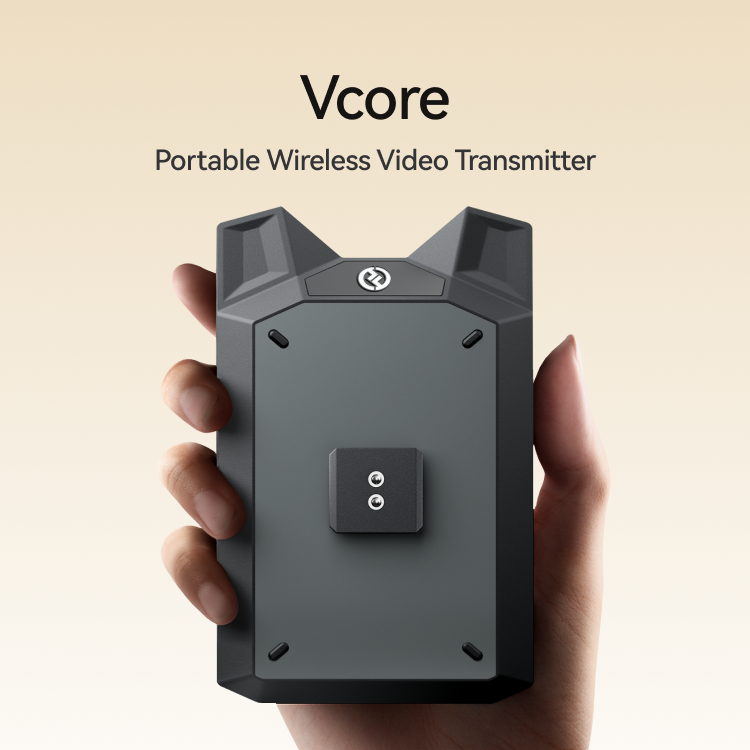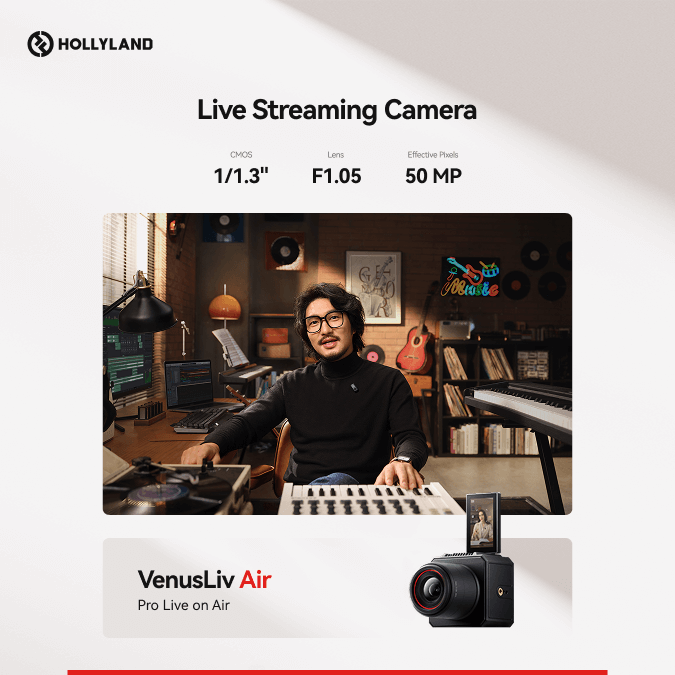Regardless of whether you are using Zoom for voice overs, generating movies, recording a podcast or simply chatting with other people. It is possible to make a discernible difference by having a microphone of high quality. Do not be concerned if your microphone sounds muffled, full of background noise or too quiet. You do not require expensive or fancy equipment in order to improve the quality of your sound.
We are going to walk you through some simple and useful suggestions that will assist you in improving the quality of your microphone in this article. The following stages are suitable for novices and can be carried out at home using any equipment that you have available.
Why Mic Quality Matters
It is easier to sound clear, professional and easy to understand when you use a microphone of high quality. It is possible for consumers to leave your material even if the audio quality is poor.
Clear sound
- Makes your voice easier to hear
- Reduces background noise
- Gives a better experience for your audience
- Makes you sound more professional on any kind of calls or recordings
What You’ll Need
Before we start, make sure you have;
- A microphone (USB mic, built-in mic, headset mic or external mic)
- A computer, phone or tablet
- A quiet room
- Basic recording software (like Audacity, Zoom, OBS or your device’s voice recorder)

How to Improve Mic Quality: Step-by-Step
Choose the Right Mic Position
It makes a significant impact where you position your microphone.
- Keep the mic 6 – 12 inches away from your mouth
- Do not speak directly into it speak slightly to the side
- Angle the mic upward or sideways to reduce popping sounds (like “p” or “b” sounds)
Tip: Consider moving your microphone closer or further away until it sounds just perfect. If it sounds too quiet or distorted.
Record in a Quiet Space
Your mic picks up everything, not just your voice.
To reduce noise
- Turn off fans, AC or anything that Creates Disturbance
- Close windows and doors
- Put your phone on silent
- Record during quiet times (early morning or late evening)
Soft things help. Record in a room with carpets, curtains and cushions. They absorb sound and reduce echo. Should your microphone pick in too much background noise or echo, the room you are in could be the cause of the issue. The sound your voice produces off of hard surfaces could make it seem hollow or far off.
You might try recording in a room with cozy furniture with cushions, curtains, carpets, even a couch. These objects assist absorb sound and remove echo, so the sound of your recordings will be warmer and more focused. One can clearly see changes even from something as basic as covering your desk or behind your microphone.
Use a Pop Filter or Foam Cover
If your voice sounds harsh or breathy try using;
- A pop filter (goes in front of the mic)
- A foam windscreen (fits over the mic head)
They help to lower the loud sounds generated by wind, speaking, and breathing.
If you do not have one, a do it yourself hack is covering the microphone with a clean sock or a tiny cloth.

Adjust Mic Settings in Your Device
You are able to adjust the volume of the microphone on either your PC or your phone.
On Windows:
- Right click the sound icon and Open Sound Settings
- Go to Input then Device Properties

- Adjust the volume level (try between 80–90)

On Mac:
- Go to System Preferences then Sound
- Click the Input tab
- Choose your mic and adjust the input volume
On phones:
Utilize the audio recorder programs that you have access to, which include settings for the microphone.
It is important to check that the microphone you intend to use is both active and selected.
Use Better Recording Software
Better sound than default apps comes from free software such as Audacity, OBS Studio, or Voice Memos.
These apps;
- Let you adjust sound levels
- Remove background noise
- Edit your voice easily
For novices audacity is an excellent free application available on both Windows and Mac.
Clean Up Your Audio (Optional but Helpful)
You can address noise in your recording later on.
In Audacity or other editing apps;
- Use Noise Reduction to remove background hum
- Use Equalizer to boost vocals
- Use Compressor to make your voice more balanced
- Trim silence and loud peaks
You just need to apply some fundamental techniques to significantly improve the sound you have no need to be an expert.
Extra Tips to Make Your Mic Sound Even Better
- Speak clearly and at a steady pace
- Sit up straight your voice will sound stronger
- Use headphones to avoid echo or mic feedback
- Update your mic drivers or apps to fix any sound issues
- Practice your mic voice talk calmly, not too fast or loud
What If You’re Using a Built-in Mic?
Although laptop and mobile phone builtin microphones are not perfect their sound quality can still be raised.
- Move closer to your device
- Reduce background noise
- Use a soft surface (like a pillow or blanket) nearby to stop echo
- Try using wired headphones with a mic they often sound better than the builtin mic
Best Affordable Mics for Better Sound
Should you choose to upgrade later on following are some reasonably priced mic choices.
- Fifine K669B (USB mic for under $40)
- Blue Snowball (great for podcasts and voiceovers)
- Rode SmartLav+ (clip-on mic for phones)
- Samson Go Mic (small and easy to use)
These mics are plug and play and work great for beginners
Conclusion
Your sound may improve without pricey gear. Small changes may have a big impact. Talking appropriately, adjusting your microphone and choosing a calm environment will make you sound more professional. Making a video, attending a virtual conference or talking with friends. Audio quality lasts.
Utilize your resources. Adjust parameters based on results. Some settings or tranquil areas may make your voice clearer. Everyone can improve their microphone quality and speak securely with practice and consideration.
FAQs
1. Why does my mic sound bad even if it’s new?
New microphone sound quality varies. Even if it is too distant from your mouth it may sound bad. A busy area or improper volume settings? Move the microphone or modify the input volume to test in a better environment.
2. What is a pop filter and do I need it?
Pop filters are little screens in front of microphones. This prevents “P” and “B” from popping from intense air bursts. This easy tool can smooth your voice and make your recordings seem more professional.
3. Should I use noise reduction?
Yes. Remove background hum, fan noise and static from recordings with noise reduction. Warning, too much might dull and lose portions of your voice. Start with low settings and increase them until audio sounds natural and clear.
4. How close should I be to the mic?
Stay six to twelve inches from the microphone. Too near may make your voice harsh or distorted. Too far away it may seem silent and echoing. A balanced, clear and relaxing sound is possible at the correct distance.
5. Can I improve mic quality without buying anything?
Sure. Recording in a low noise area and tweaking your device’s input settings will substantially enhance your performance. Even little modifications to your setup and surroundings will quickly enhance your voice clarity and professionalism without additional equipment.
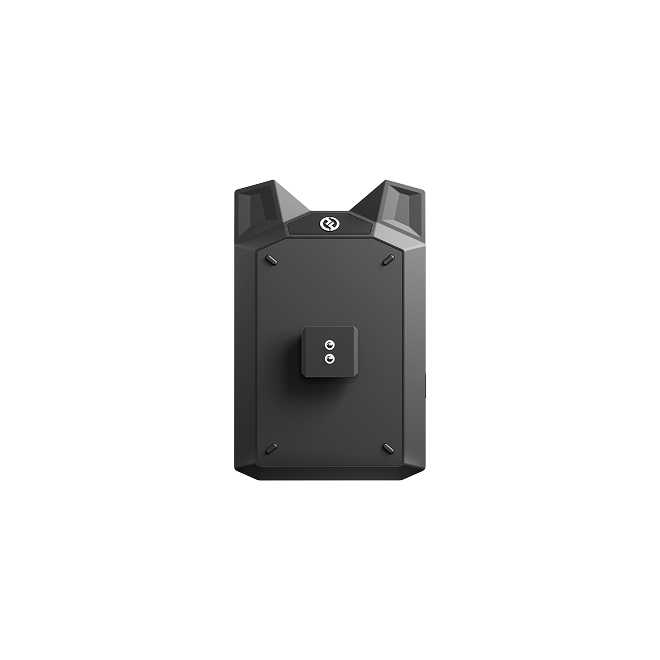

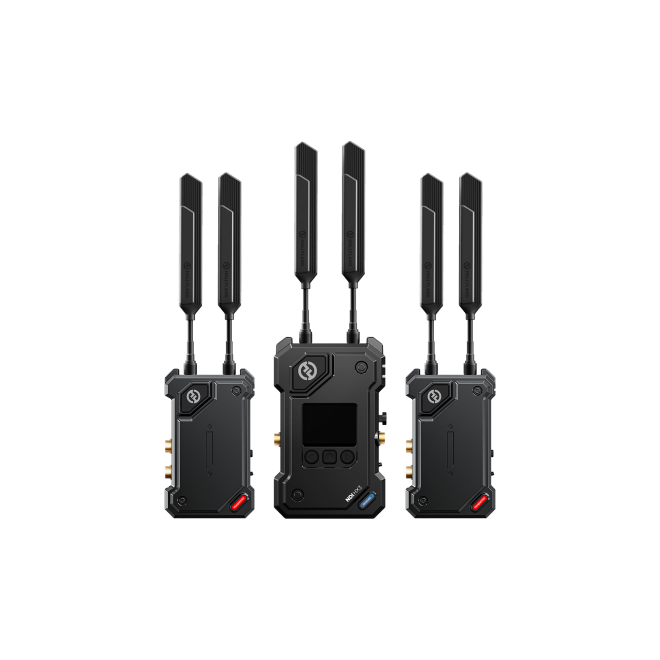
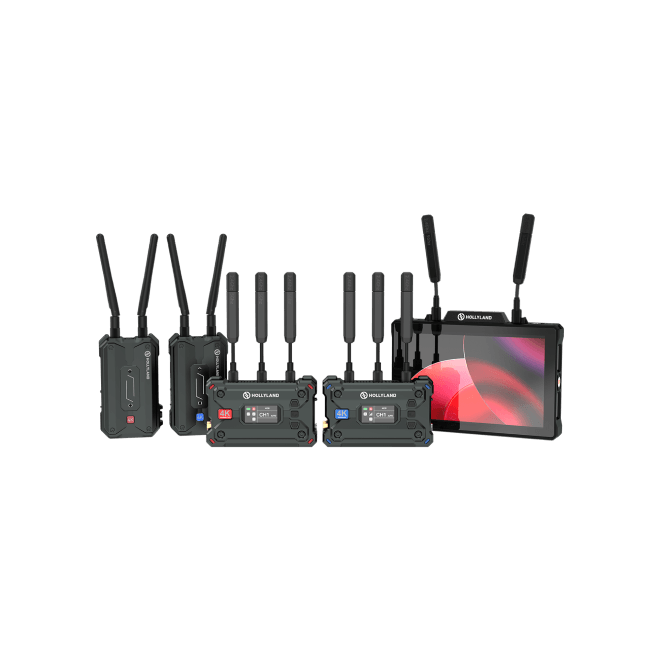
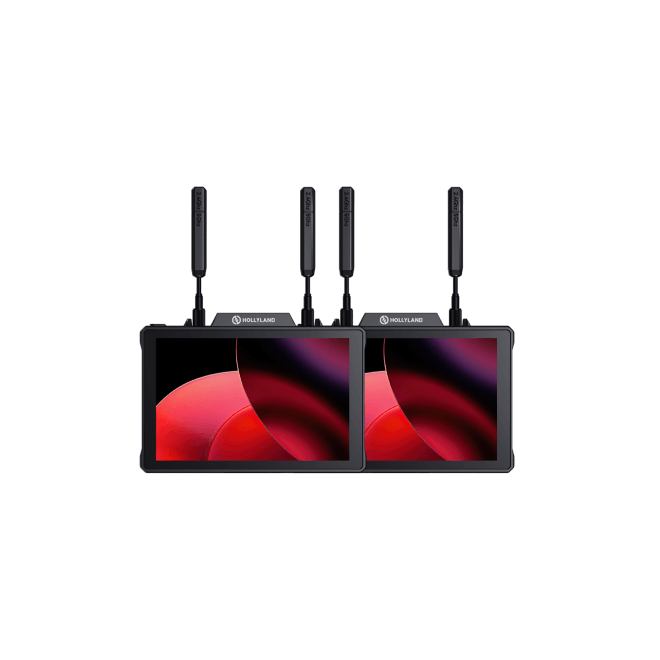
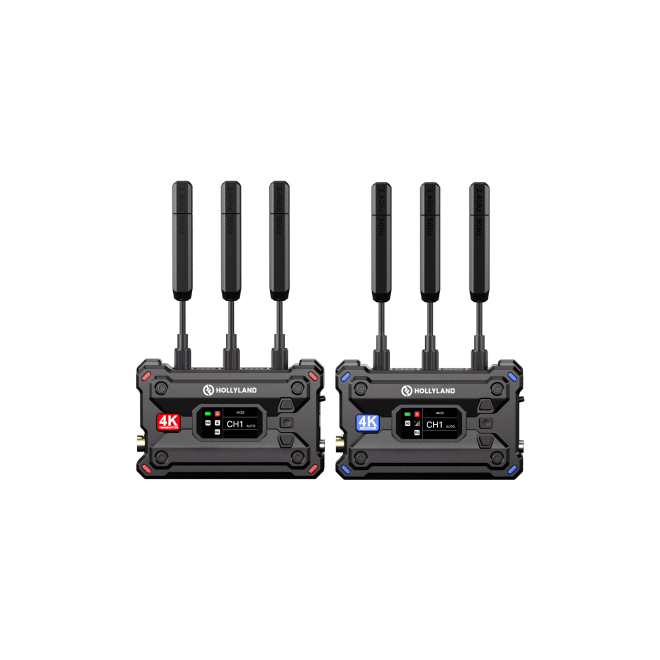
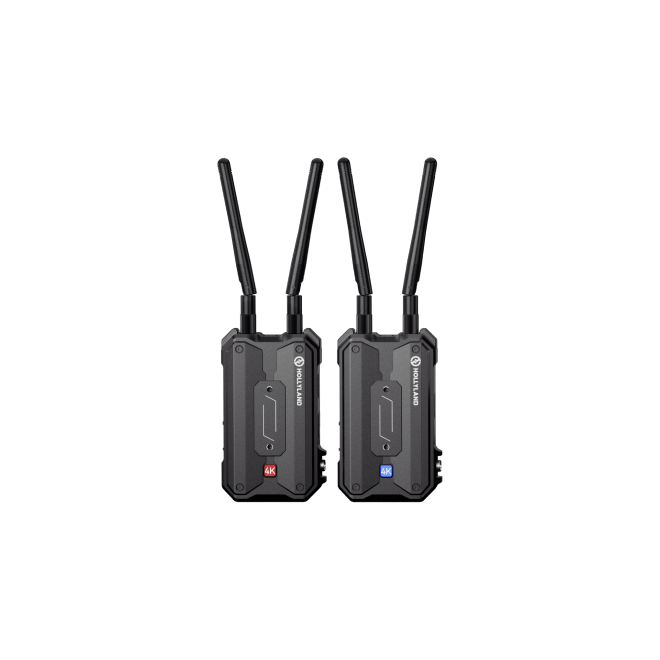
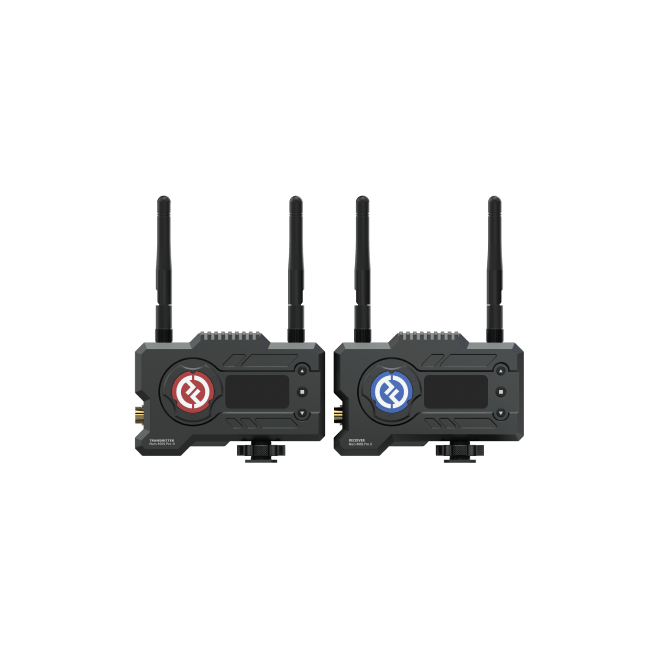
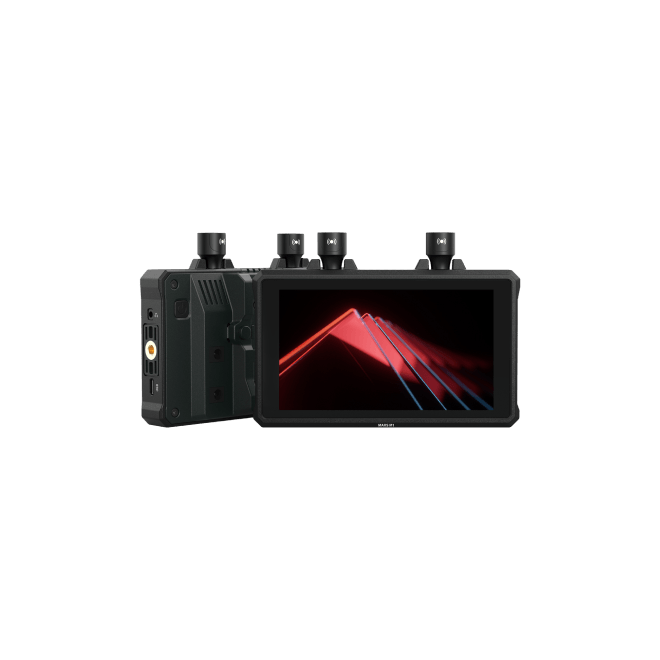
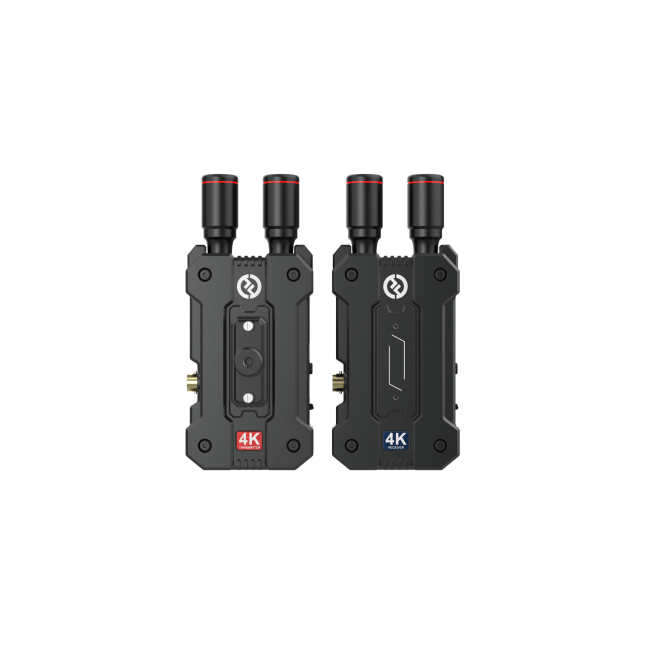
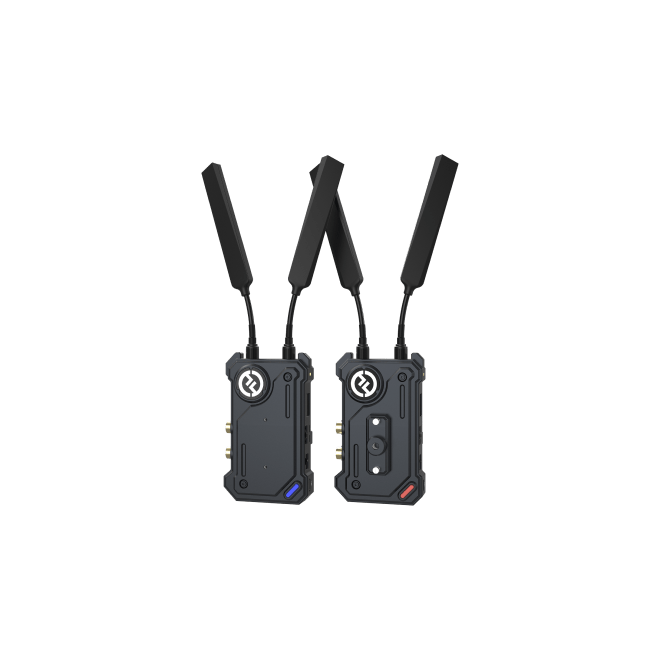
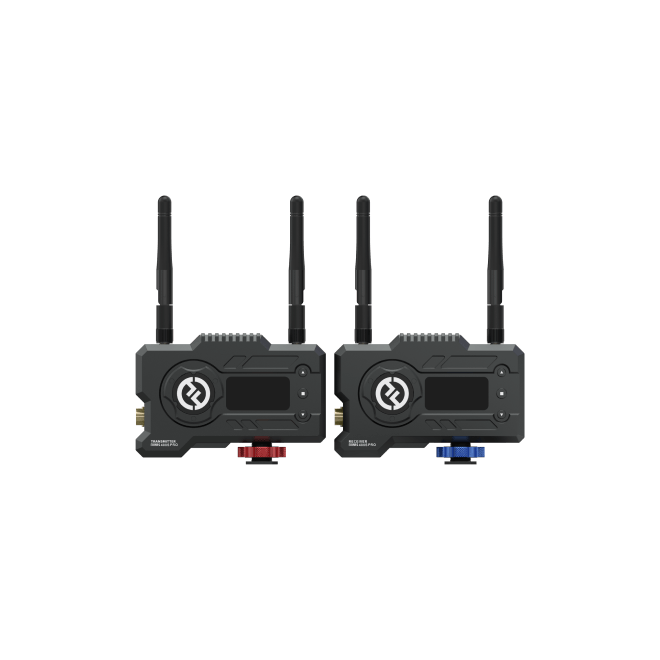
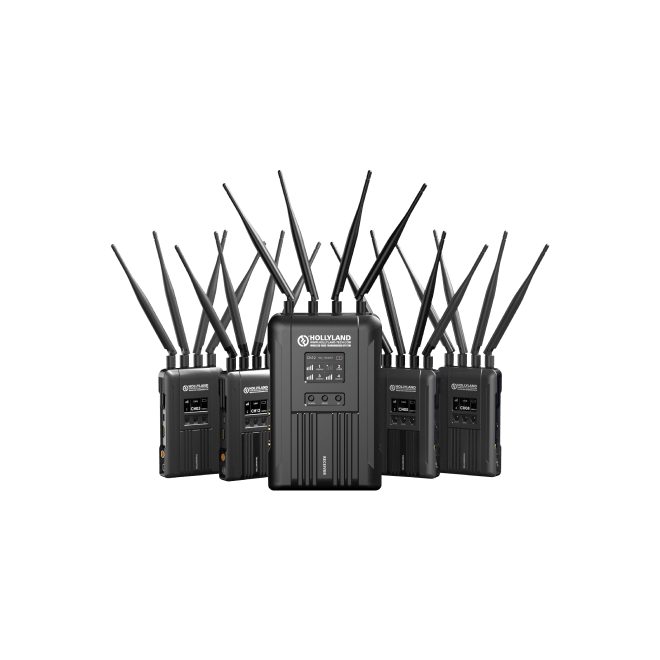
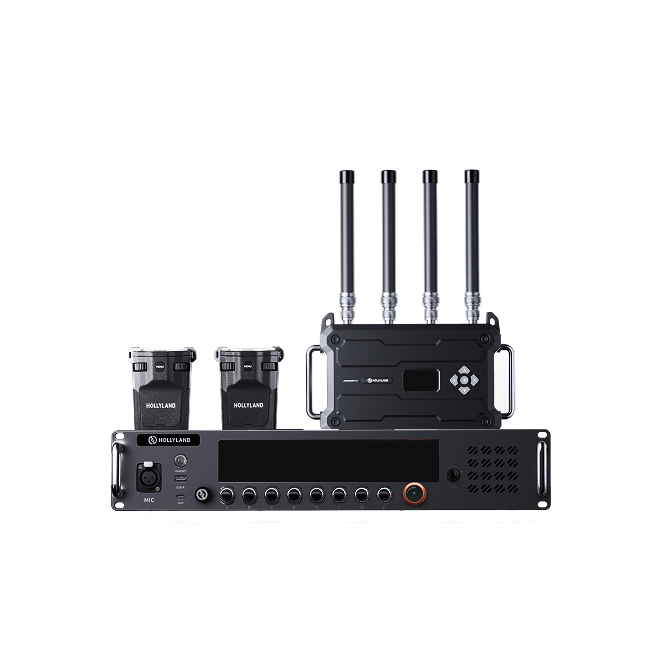

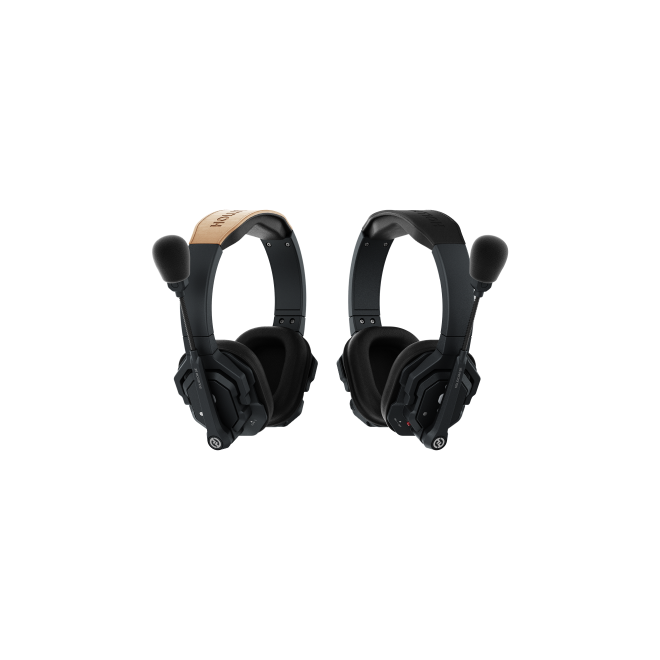

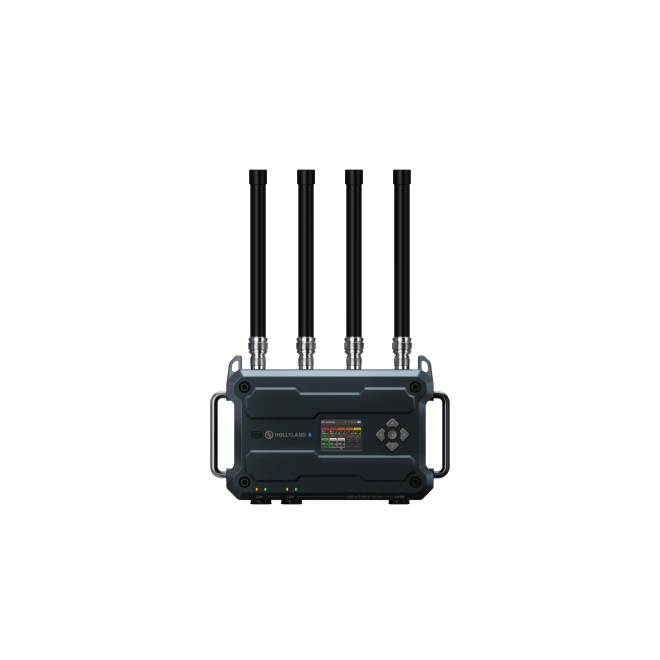
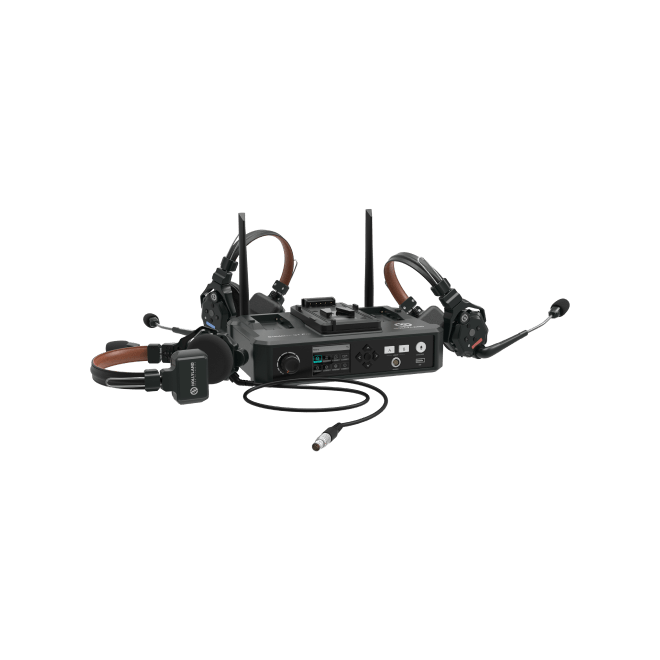
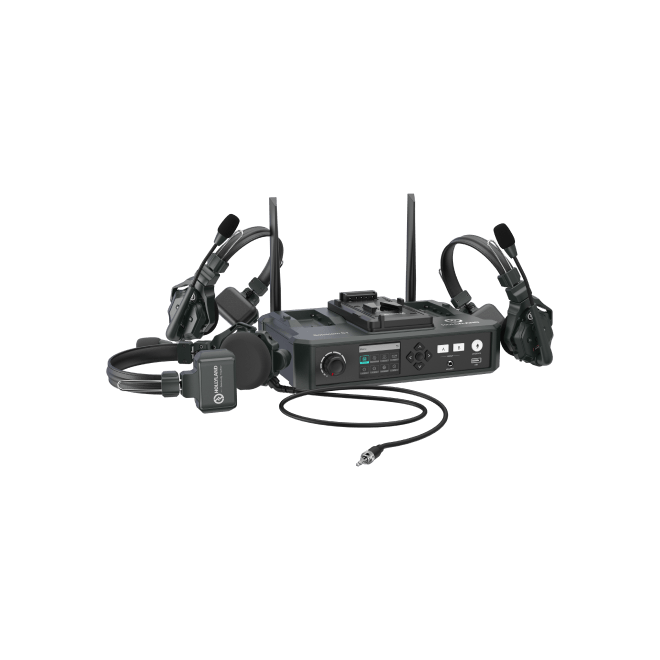
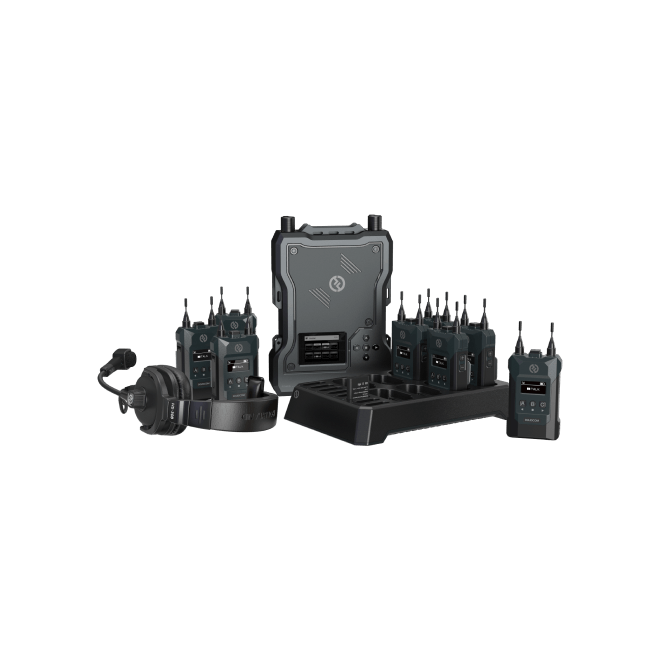
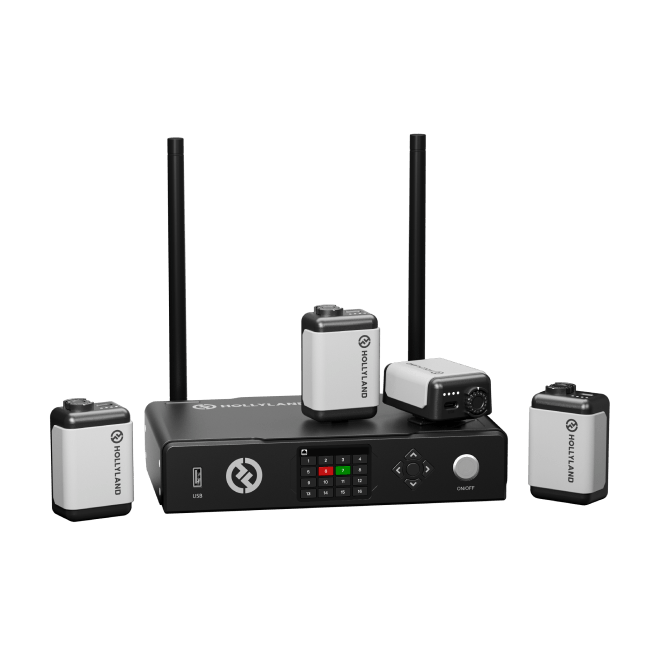
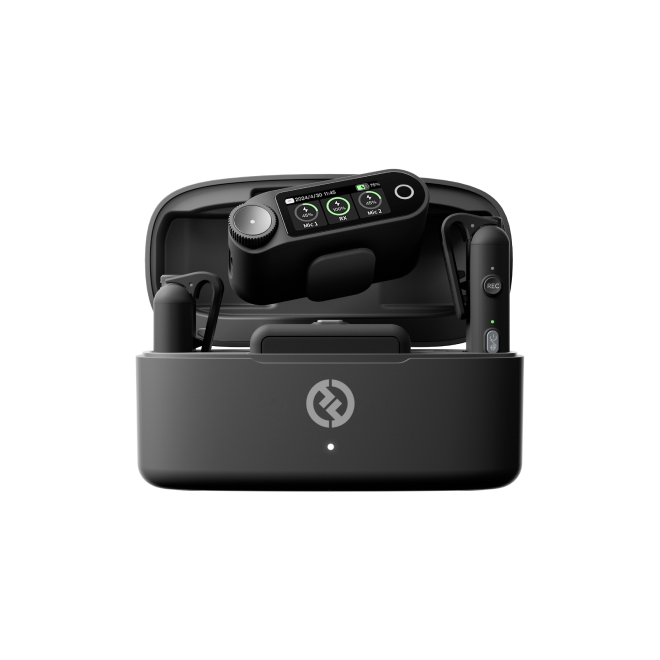
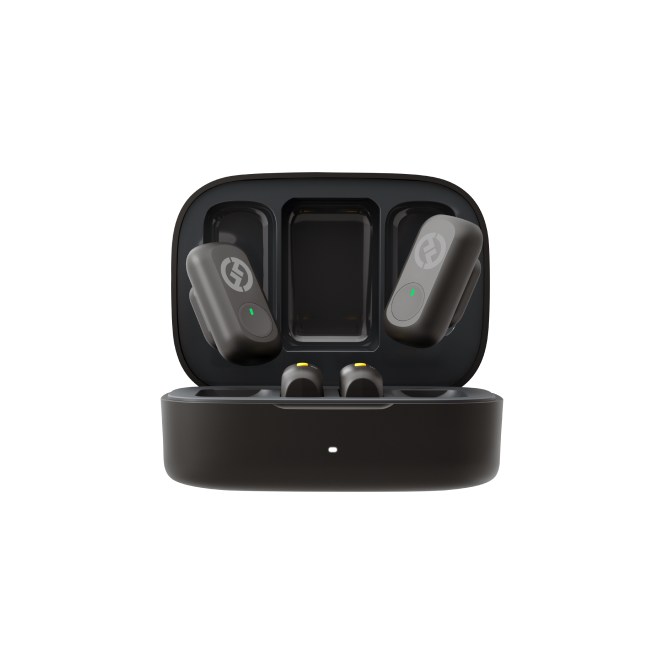

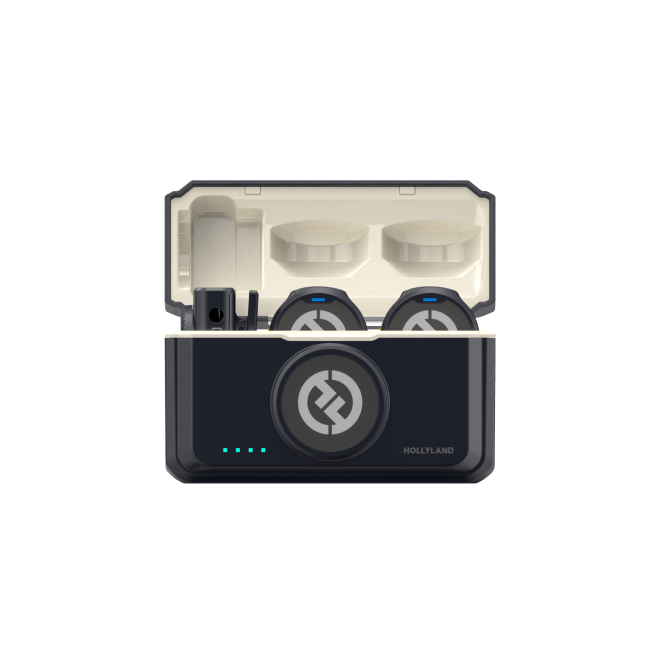
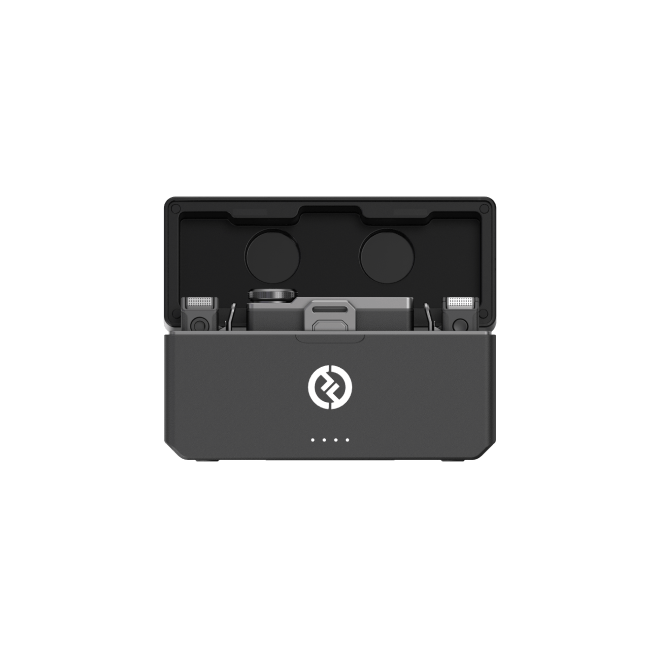
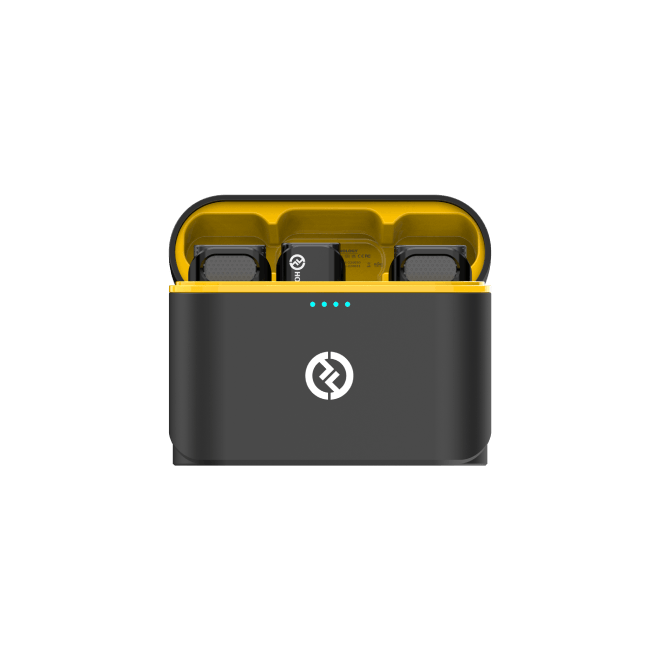
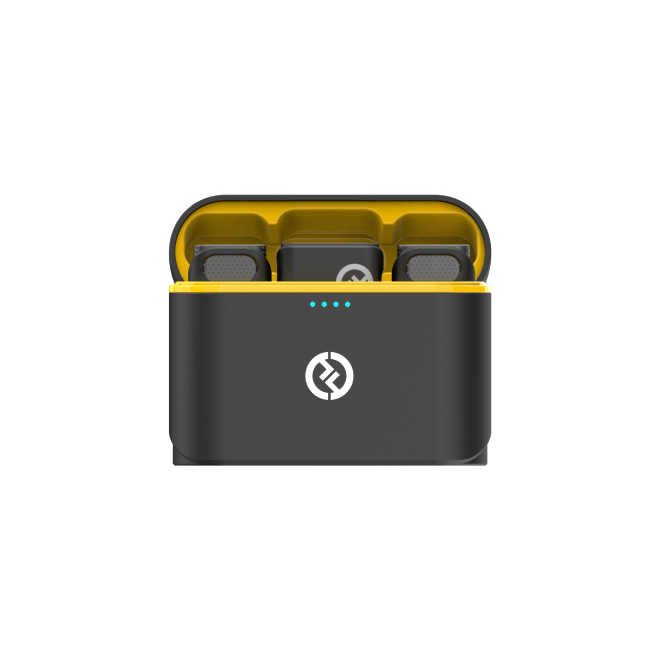
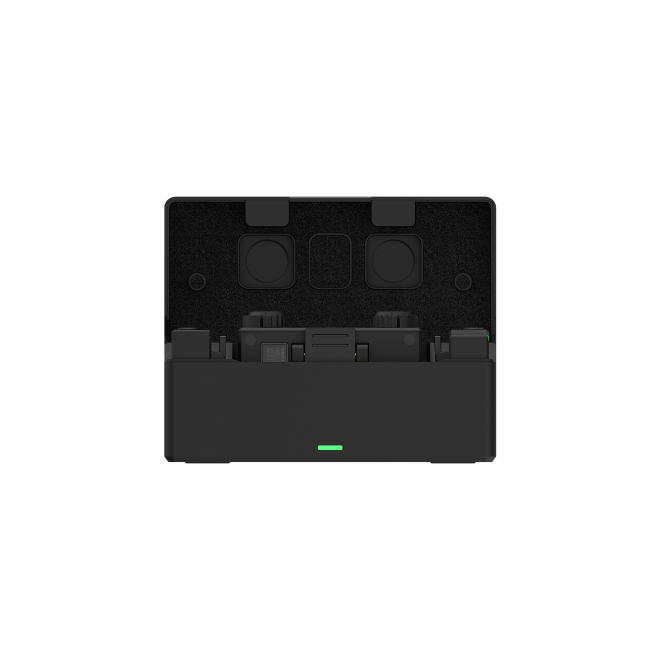
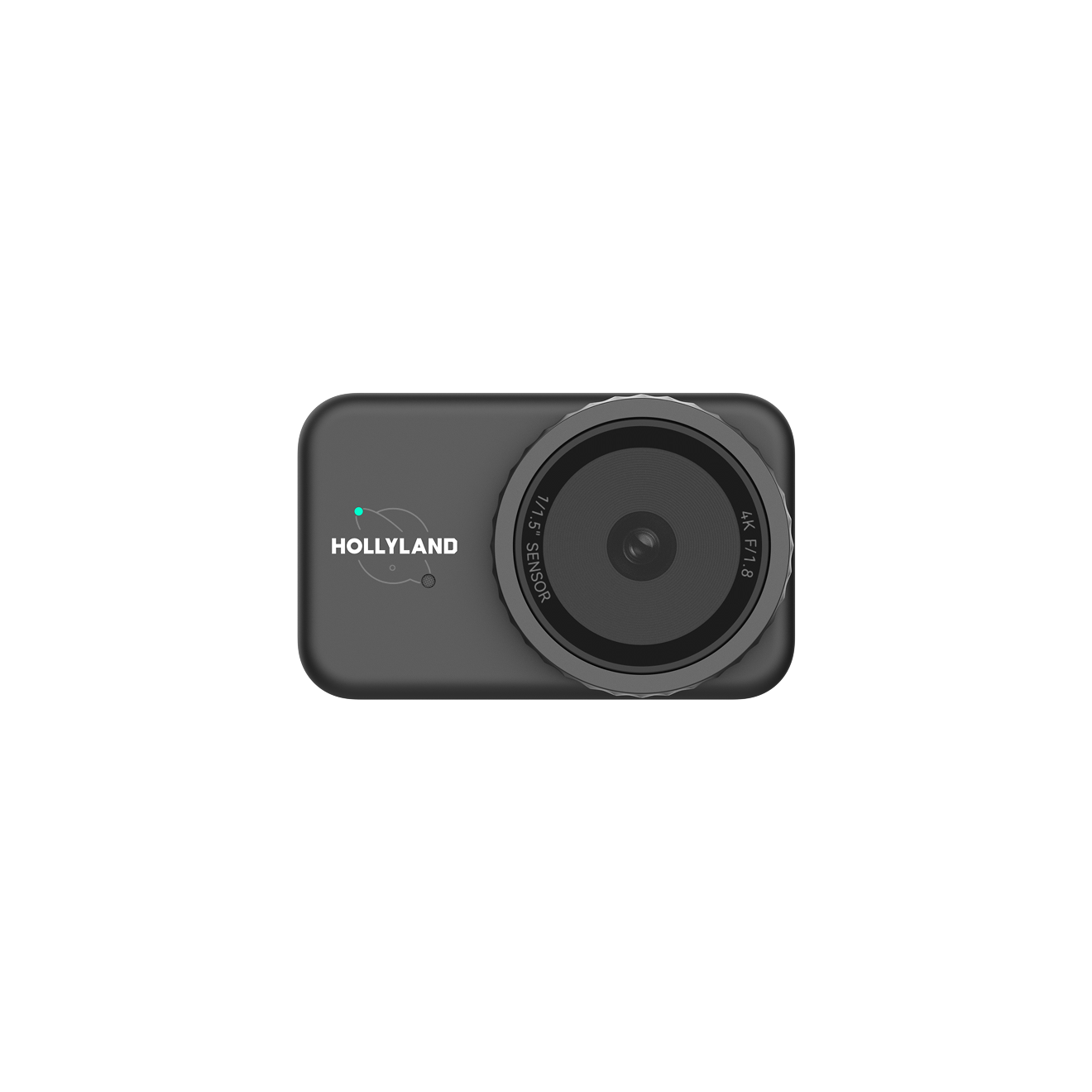

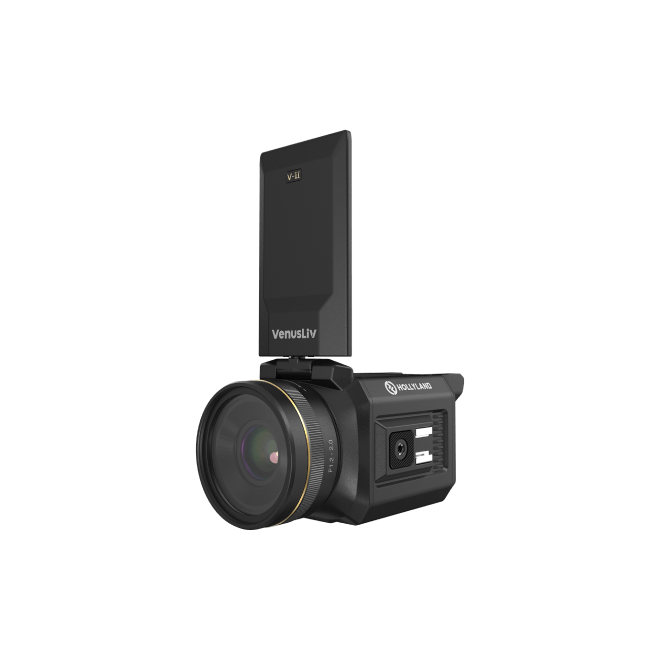
.png)



